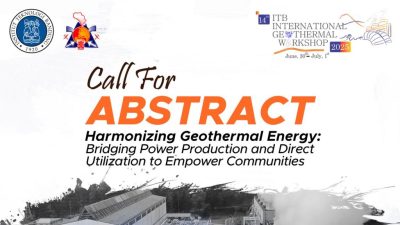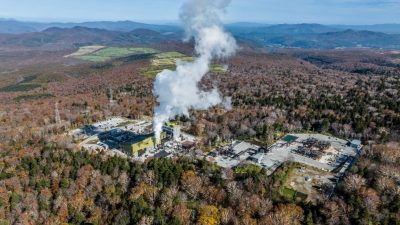Australia: Investments in transmission and distribution could boost geothermal
Electricity customers in Australia will reap the rewards of early investment in transmission and distribution developments linking geothermal projects in the northern part of South Australia to the National Electricity Market (NEM).
Reported by Renewable Energy World, “A new report claims to show that electricity customers in Australia will reap the rewards of early investment in transmission and distribution developments linking geothermal projects in the northern part of South Australia to the National Electricity Market (NEM).
“This independent report predicts electricity customers will get cheaper power under the RET and CPRS if transmission lines are built sooner rather than later linking geothermal projects to the grid”, Susan Jeanes, Australian Geothermal Association of Australia CEO.
The report, by independent energy economics firm, McLennan Magasanik Associates (MMA), argues that the benefits of bringing forward lower priced geothermal energy were estimated to be A$860 million (US$741 million) for South Australian customers and A$2.8 billion (US$2.41 billion) for customers across the Australian NEM.
This, according to the anaylsis which covers the period from 2011 to 2030, follows as a direct result of lower cost geothermal energy displacing higher cost forms of renewable energy. Compared to the business as-usual case, the cost of bringing forward transmission investment is estimated at A$171 million (US$149 million), a figure which is dwarfed by the clear benefits arising from cheaper base load power delivered to the NEM, the report concludes.
The MMA study, commissioned by the Australian Geothermal Association of Australia (AGEG), showed cost benefits substantially increase in the early years of the next decade if transmission investment is undertaken to link the geothermal resources to the NEM. Importantly, the report assumes a lower REC shortfall penalty of A$40/MWh (US$34.5/MWh) which will now be A$65/MWh (US$56/MWh) under the recently passed RET legislation, meaning the modelled benefits are considered conservative.
The particular focus of the study is the potential for connecting a 275 kV double circuit line from Innamincka near Moomba via Olympic Dam to Davenport near Port Augusta – taking in the projects of Geodynamics in the Cooper Basin and Petratherm in the northern Flinders Ranges.
AGEA Chief Executive Officer Susan Jeanes noted that the comparison between the business-as-usual case and that of the bringing forward of transmission expenditure for low cost, baseload geothermal energy concluded that early transmission investment would produce the lowest cost solution for renewable energy, saying: “This would place substantial downward pressure on electricity and REC prices in SA and across the National Electricity Market by displacing higher cost and intermittent forms of renewable generation such as wind.”
Jeanes concluded: “This independent report predicts electricity customers will get cheaper power under the RET and CPRS if transmission lines are built sooner rather than later linking geothermal projects to the grid.
Adelaide geothermal company Petratherm welcomed the report with managing director Terry Kallis saying: “The potential for cheap, base load power coming from the northern part of South Australia is very large.”
Source: Renewable Energy World











